Not too long ago, the wine industry represented the epitome of sophistication and class in the bev-alc market. Now, it's facing many of the same challenges as craft beer.
In 2023, wine sales experienced a 4.5% decline in volume, and less than a third of American households were regular wine consumers, according to Wine2Wine Media Forum. The shining light? There was a rise in wine consumption among adults over the age of 60, but relying solely on this demographic is akin to aging fine wine without the perfect pairing – it's not sustainable.
Age: It’s All About the Numbers
The State of the U.S. Wine Industry Report 2024 from Silicon Valley Bank dives into the differences in wine consumption and purchasing by age. The most dedicated group of buyers, adults aged 60-70, continue to spend more money on wine each year. In fact, with the exception of a slight dip in 2020 that recovered in 2021, the average wine spend by this age group has shown continual growth for over a decade.
Every other age group has shown a decline in their purchasing habits, with the most drastic being drinkers aged 21-30, also known as Generation Z. Not only are members of Gen Z drinking less than older adults, they are consuming other types of bev-alc over wine when they do drink.
So, what's the mystery behind Gen Z's reluctance to embrace wine? And how can wineries not just survive but thrive in this changing landscape?

Keys to WINE-ing Over Gen Z
It's time to step into the shoes of your future patrons, the largest and most diverse generation in history, who account for 40% of all consumers as of 2020. To win over this generation, wineries must adapt and evolve their strategies.
Six ways to do that include:
- Demystify wine and make it more accessible.
- Create buzz around your wines with social media and user-generated content.
- Use winery software to manage and optimize your sales and marketing processes.
- Explore no- or low-alcohol options for a more mindful, health-conscious approach.
- Embrace diversity and inclusion in your branding and messaging.
- Experiment with new and innovative ways to produce and present your wines.
1. Decode the grape and make it more accessible
Gen Z may be less inclined to drink wine because they find it intimidating, confusing or snobbish. Many don’t know how to choose a wine that suits their tastes or fits a certain occasion, and even fewer understand how to pair wine with food. They may also feel alienated by wine experts' complex terminology or the varying ratings and classifications.
To overcome this barrier, demystify the wine-buying process to make it more accessible to Gen Z. This means using simple, straightforward and friendly language to describe and market your wines. Provide educational content and tools that help this young group of consumers discover and enjoy wine. You can create quizzes, videos, podcasts or blogs teaching the basics of wine, such as grape varieties, regions, styles and flavors.
Offer more options and flexibility to Gen Z consumers, who value convenience, personalization and experimentation. Consider smaller bottles, cans or boxes of wine that are easier to transport and consume. Collaborate with other brands, influencers or celebrities that Gen Z trust and admire to create co-branded or limited-edition wines that appeal to their lifestyles.
2. Get social, recognize and reward user-generated content
Gen Z is the most connected and social generation ever, spending an average of three hours daily on social media platforms such as Instagram, TikTok and YouTube. They rely on these platforms to discover new products and share their opinions and experiences. They trust user-generated content (UGC), such as reviews, ratings, photos and videos, more than traditional advertising or marketing.
You can create buzz around your wines with social media and UGC to increase your visibility and engagement among Gen Z consumers. Develop and share compelling, authentic content that showcases your wines and company values, while encourage=ing interaction and feedback from your audience.
You can try doing duets on TikTok with a fan’s content about your wine, create stories highlighting compilations of on-premise tastings, repost content created by your consumers, or even live stream parts of the harvest and bottling process to generate excitement around your brand. Incentivize customers to share their own content about your wines by offering discounts, freebies or recognition.
3. Use winery software to manage and optimize sales and marketing processes
Let's talk tech! Gen Z practically breathes in pixels, so why not optimize your operations with a touch of CRM? Arguably the most tech-savvy and data-driven generation, they expect fast, seamless and personalized experiences from the brands they interact with.
Gen Z wants to be able to access information, make purchases and get support anytime, anywhere and on any device. They also want to be recognized, remembered and rewarded for their loyalty and preferences.
To meet these expectations, implement winery software, like a CRM, to manage and optimize your sales and marketing processes. With a CRM, wineries can:
- Segment customers based on demographics, behavior and feedback, and tailor offers and recommendations accordingly.
- Track customer activity and acquisitions, providing the most up-to-the-minute data to your sales team.
- Integrate with direct-to-consumer software to create a dynamic user experience for your customer and real-time data exchange between systems.
- Measure the success of marketing campaigns and on- or off-premise sales with customizable reports and dashboards.
By using winery software, you can save time and resources while increasing sales, conversions and retention rates.
4. Explore no- or low-alcohol options
A mindful and health-conscious generation, Gen Z prioritizes care for their physical, mental and emotional well-being. They make choices that reflect their values and beliefs and are very aware of the impact of consumption. Gen Z is drinking less alcohol than previous generations and opting for no- or low-alcohol alternatives, such as mocktails, non-alcoholic beers or hard seltzers.
To cater to this trend, explore no- or low-alcohol options for a more health-forward approach. This means creating wines that have a lower alcohol content or are dealcoholized but still deliver on taste, quality and variety.
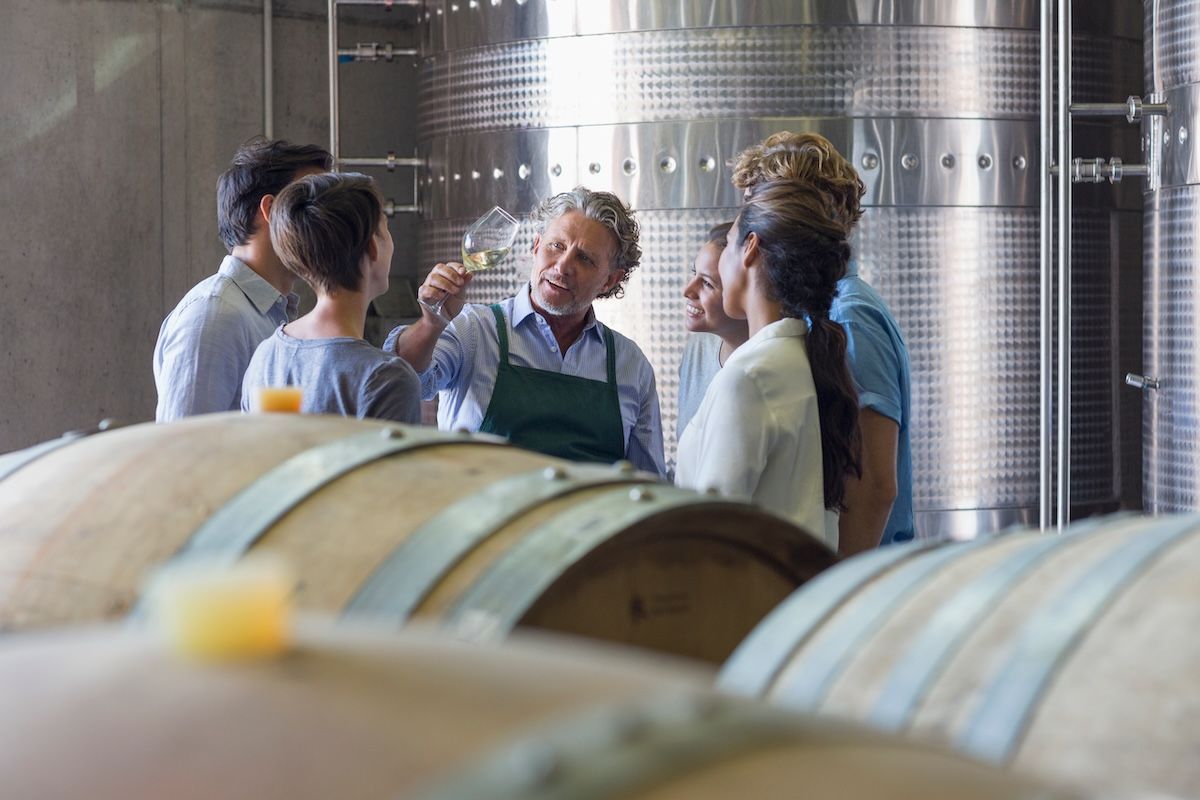
5. Embrace diversity and inclusion in your branding and messaging
Gen Z celebrates and embraces their differences and identities and expects the same from the brands they support. They aren’t afraid to speak up and stand up for their beliefs, and they place a high value on authenticity, transparency and social justice. Gen Z is more likely to support brands that reflect their values or that represent and empower people from different backgrounds, cultures and communities.
Embrace diversity and inclusion in branding and messaging to resonate with this generation. This means showcasing and celebrating the diversity of your team, customers and partners, highlighting their stories and achievements. Feature female team members, people of color, LGBTQ+ or differently abled, and share their roles, responsibilities and contributions to the industry. Gen Z consumers appreciate and reward genuine, honest and socially responsible brands.
6. Experiment with innovative ways to produce and present your wines
Gen Z always looks for new and exciting ways to express themselves, learn from those around them and have fun. They’re not afraid to try out something different, and they appreciate original, bold and adventurous brands. They’re also more open and curious about emerging technologies and how they can enhance their life experiences.
To impress this generation, incorporate advanced technologies to present and deliver your wines and create memorable, immersive experiences. In a world increasingly connected through screens, bring the vineyard to them! Produce captivating virtual tours, allowing Gen Z to explore the beauty of your vineyards from the comfort of their homes. Invest in high-quality, 360-degree videos and interactive maps.
Give your wine labels life with augmented reality. Allow Gen Z to scan labels using their smartphones, unlocking engaging content, stories or even personalized messages from the winemakers.
Gamify the wine-tasting experience to appeal to Gen Z's love for competition. Transform tastings into interactive challenges, making every sip an opportunity to earn points and rewards. Create challenges like blind tastings, trivia quizzes or even virtual escape room experiences tied to specific wine collections. Engage their competitive spirit while deepening their appreciation and knowledge of your wines.
By experimenting with innovative ways to produce and present your wines, your winery can stand out from competitors, attracting and retaining Gen Z consumers who are always looking for exciting experiences.
Tailoring tactics to capture Gen Z’s taste with winery software
The challenges the wine industry faces are not insurmountable; they're opportunities in disguise. Wineries can thrive by decoding the language of wine, leveraging CRM, catering to mindful drinking, touting your diversity, getting social and leveraging technology in new ways. As the preferences and needs of the consumers change, so must the strategies to captivate them. From virtual vineyard voyages to gamified tasting events, each idea is a sip in the right direction.
Thirsty for more? Our team at Crafted ERP is here to help your winery attract the ever-dynamic Generation Z.
Reach out to learn more about our winery software, and let's create an experience that makes your wine their beverage of choice today and well into tomorrow.

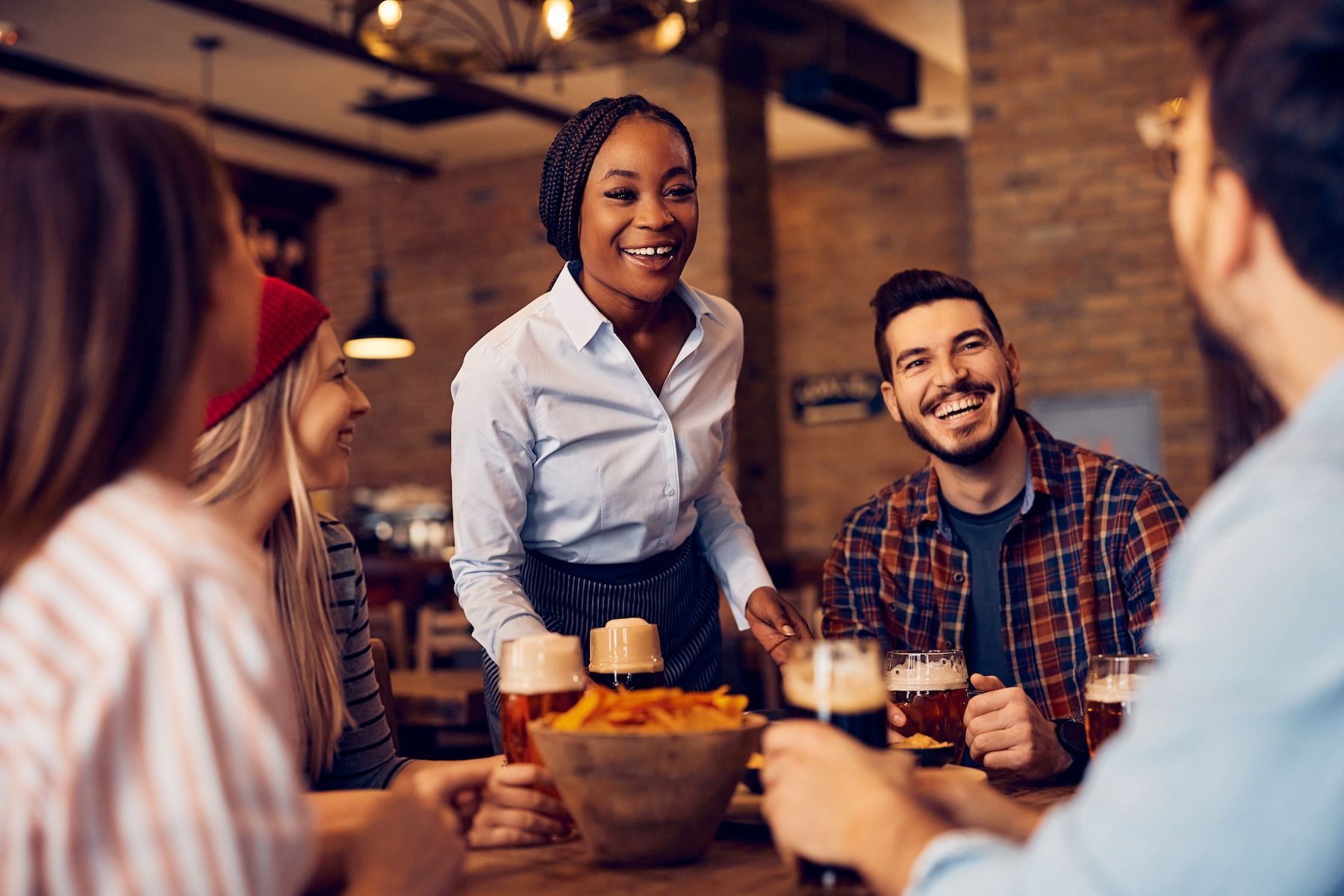
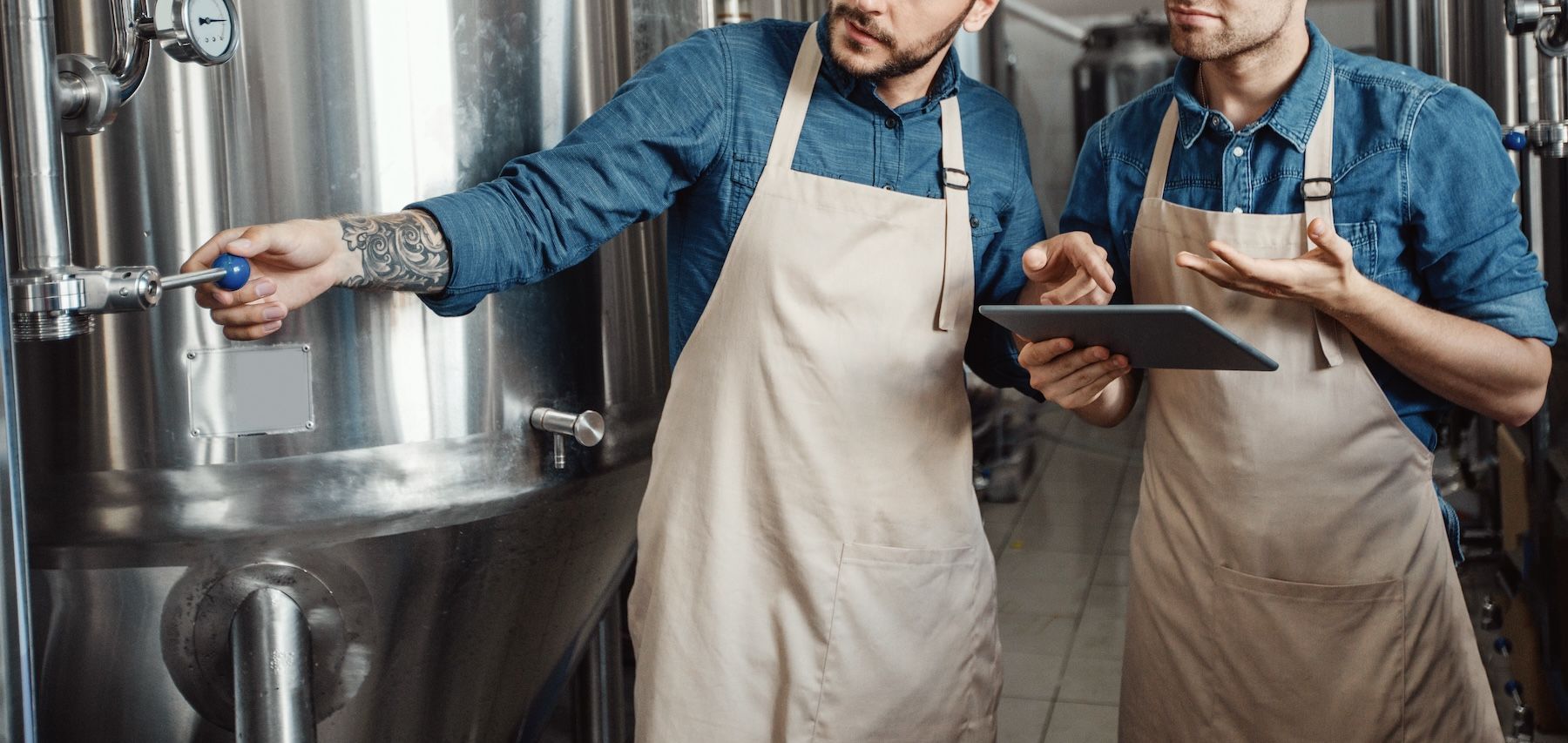
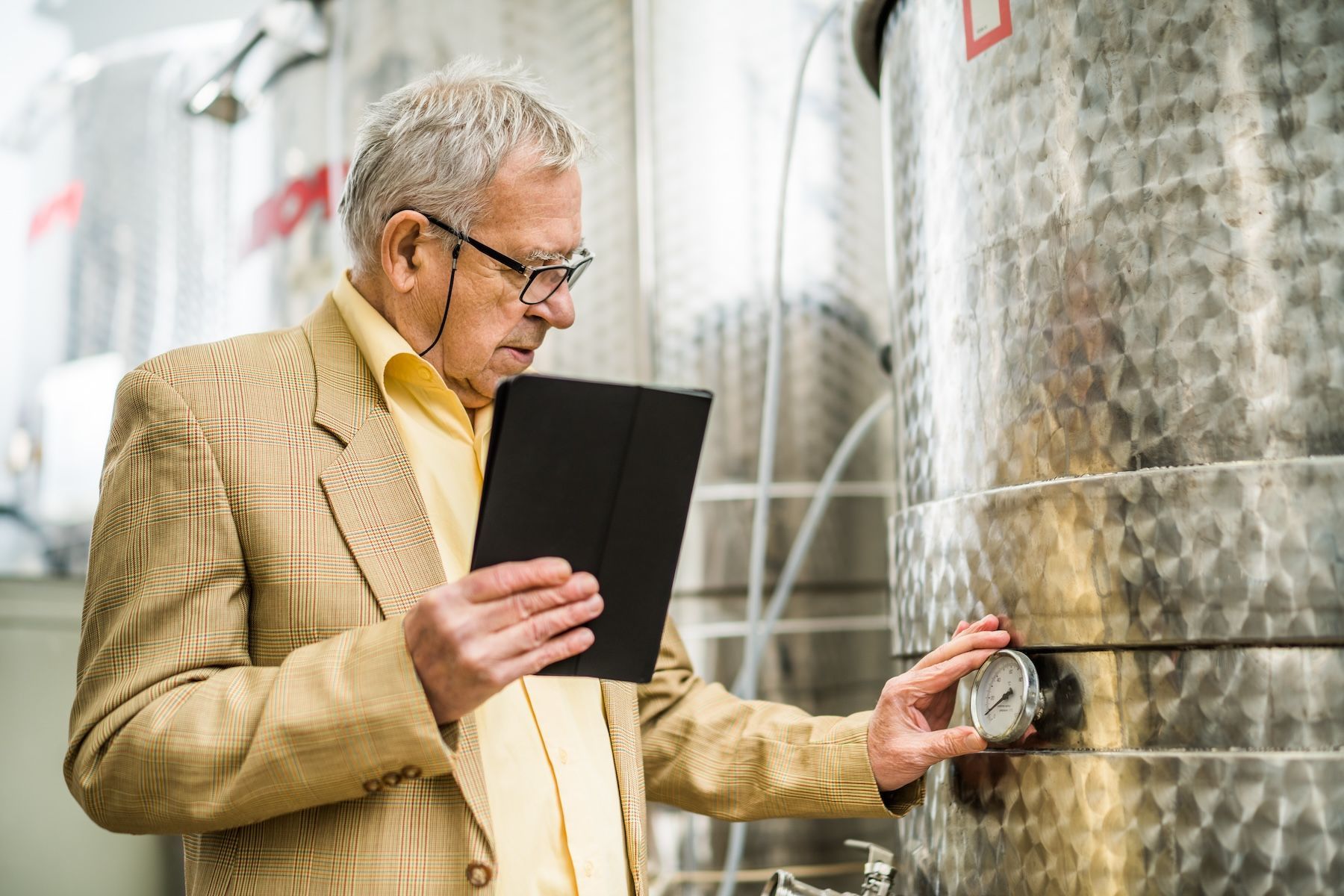
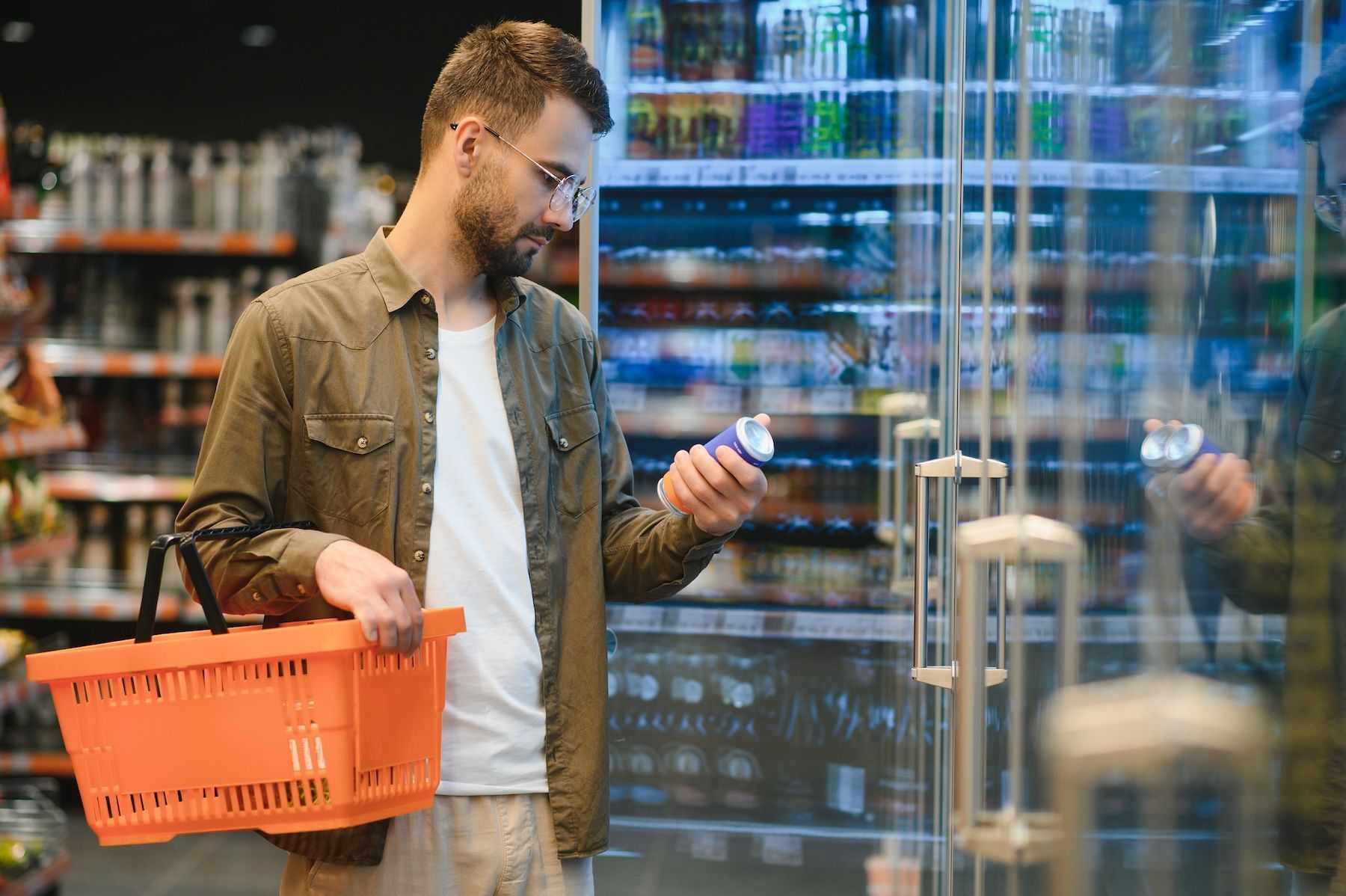

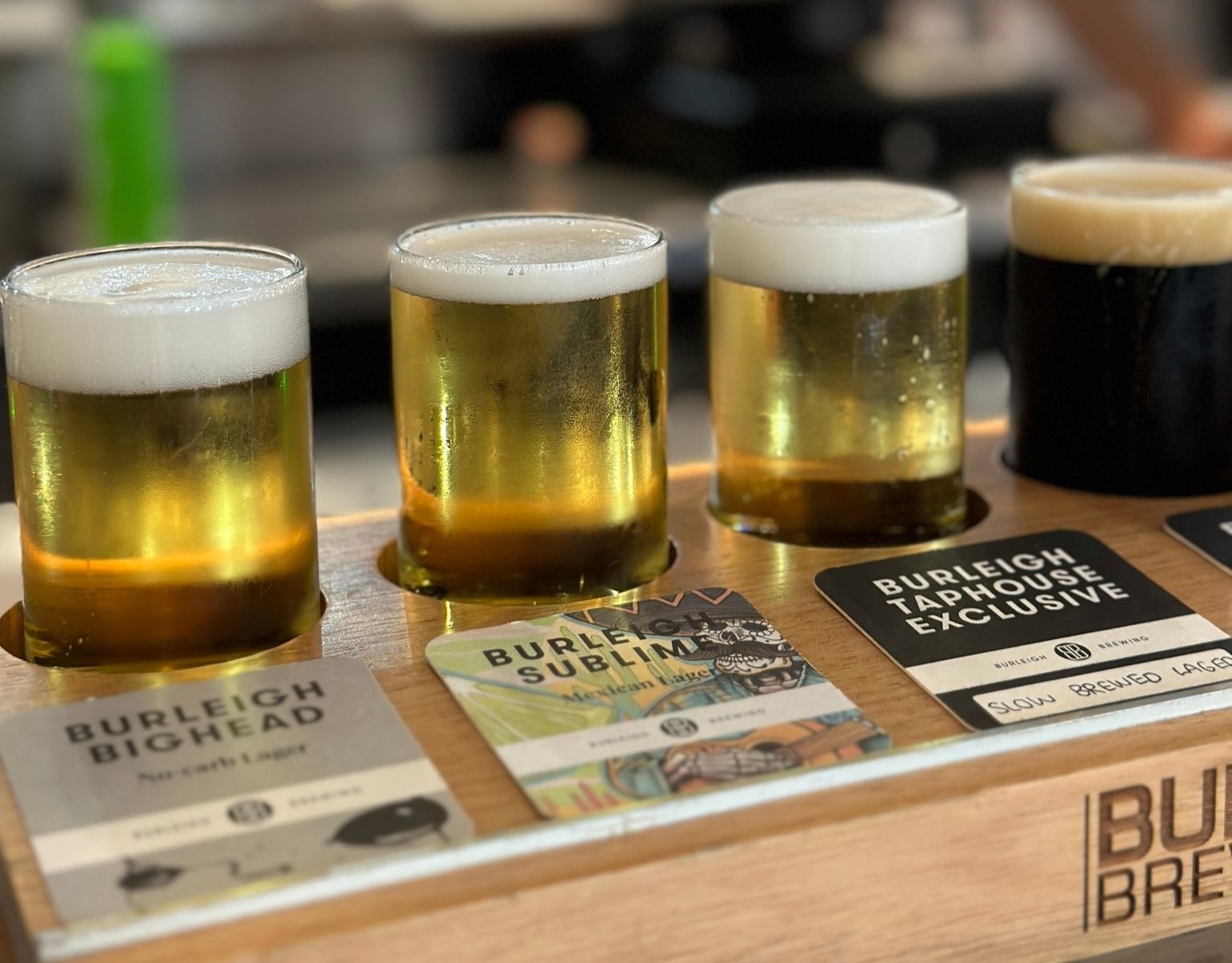
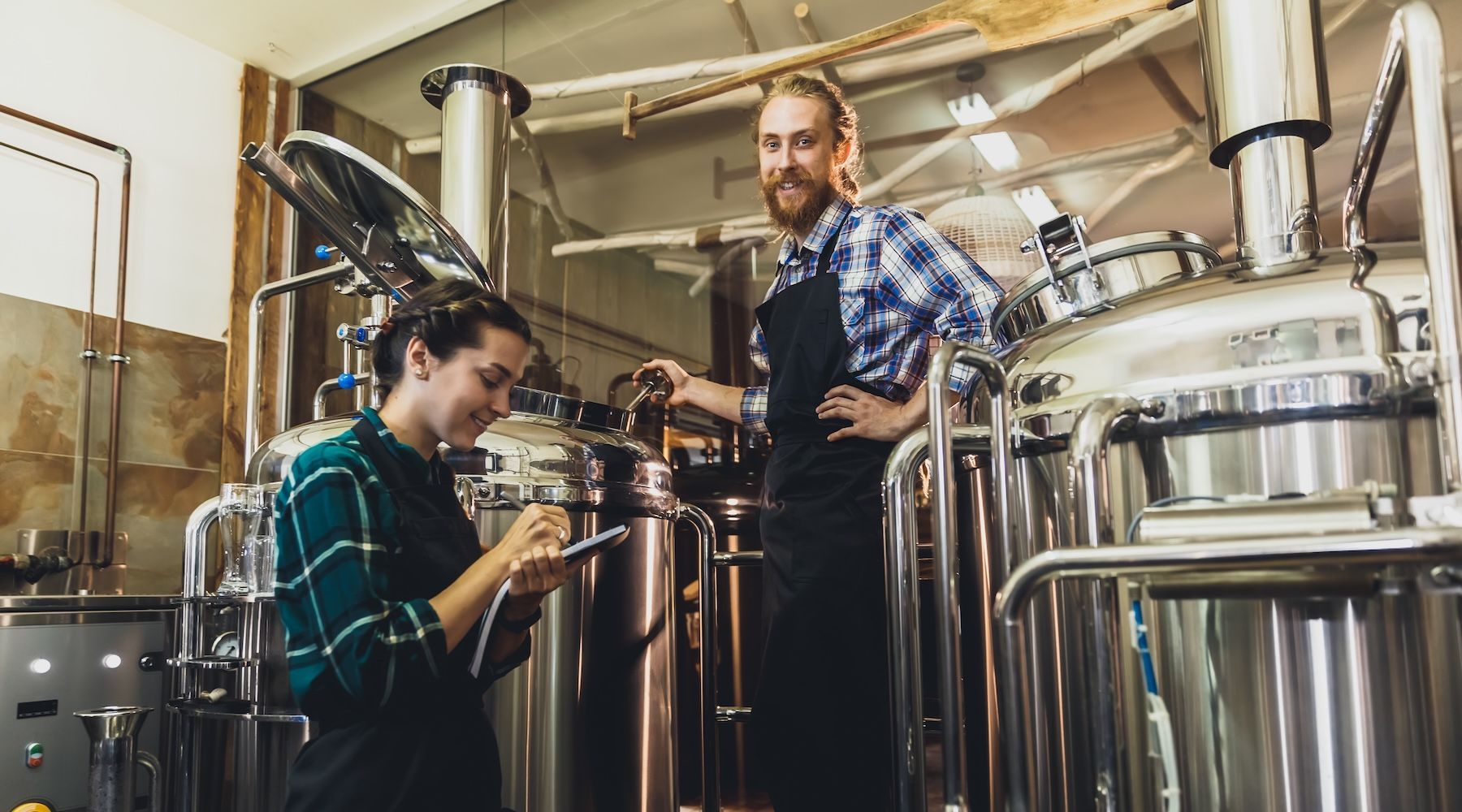

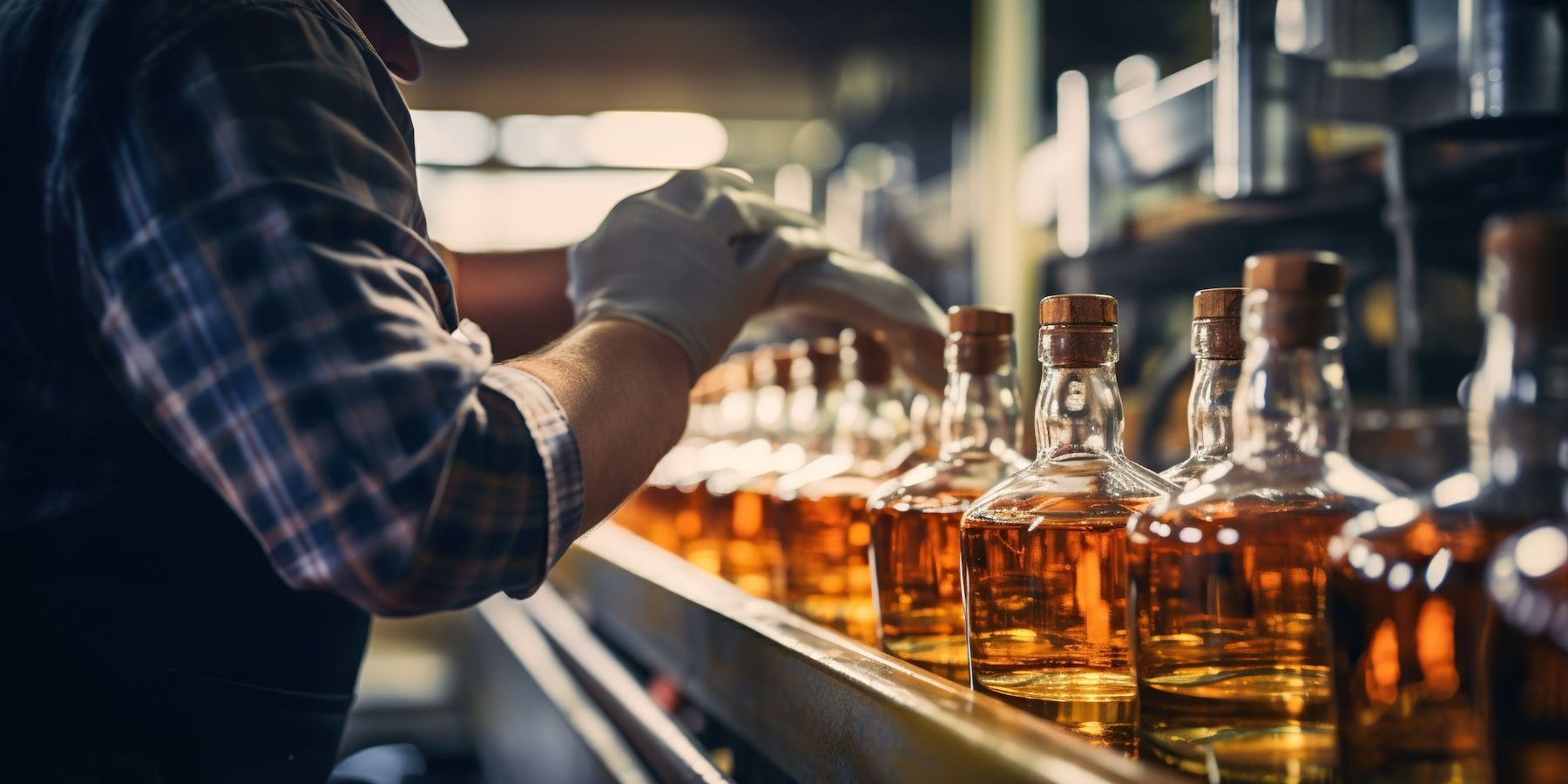
GET IN TOUCH
1512 Larimer Street, Suite #150
Denver, CO 80202
United States
(720) 699-0200
66 Goulburn Street
Sydney, NSW, 2000
Australia
+61 2 9044 1330

